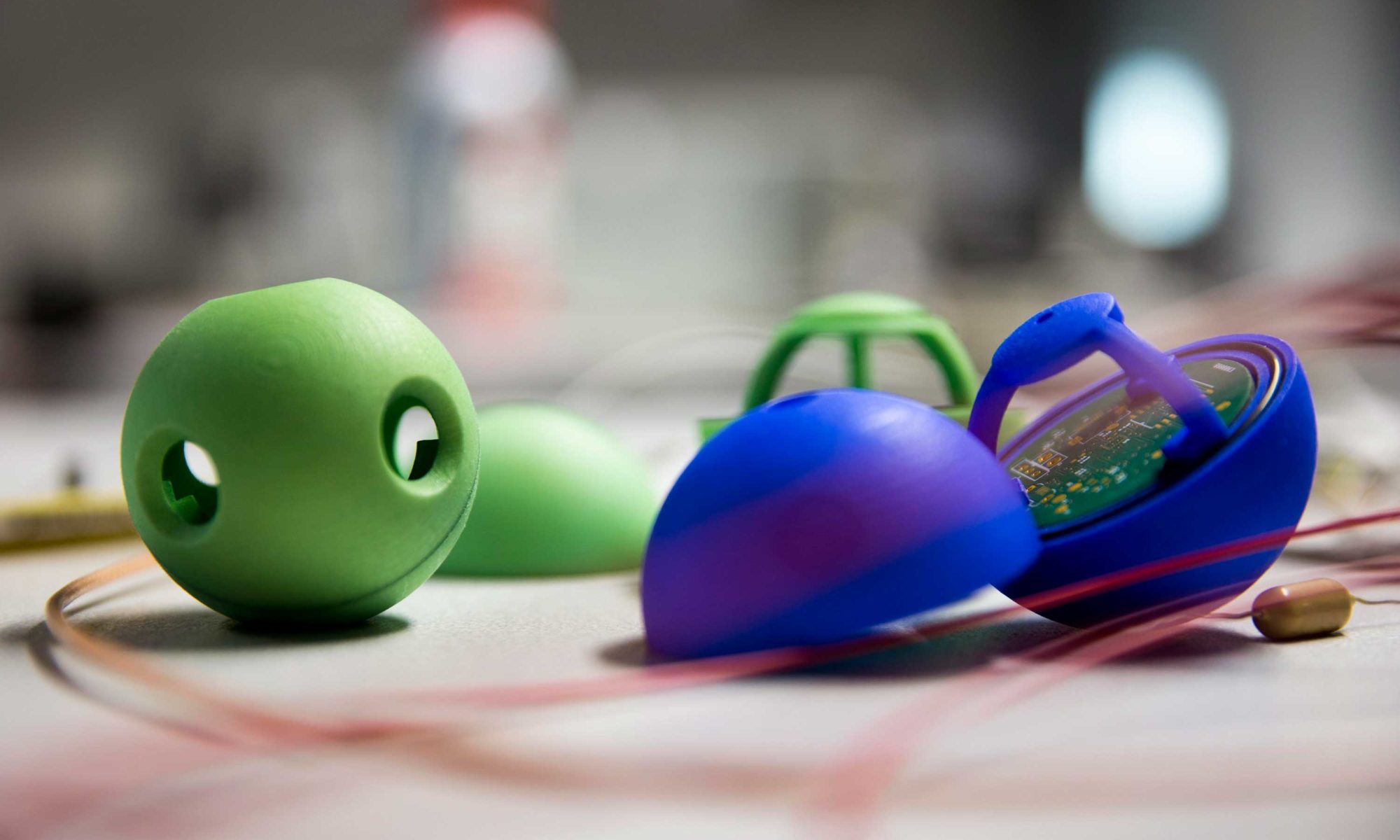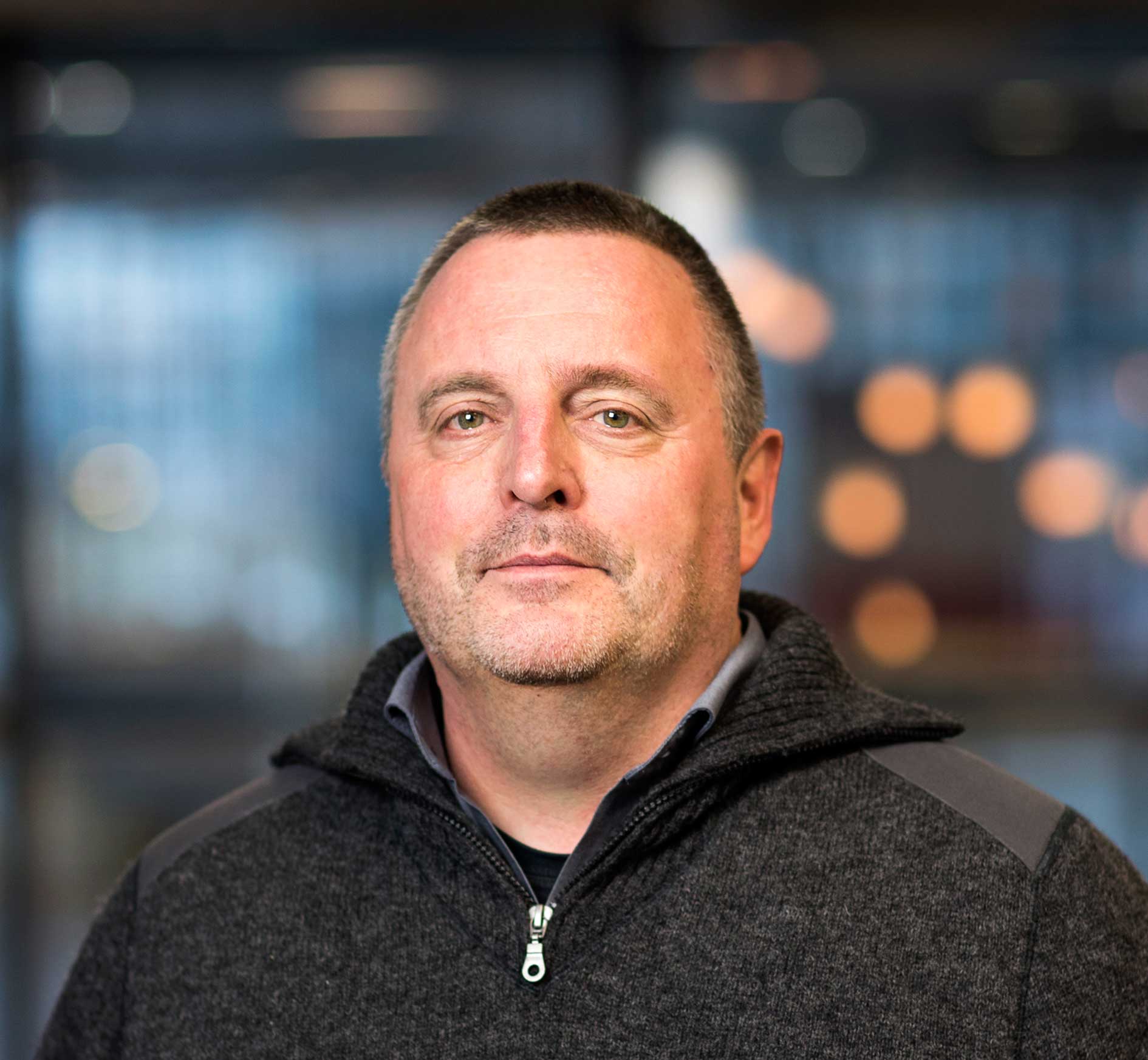A team of scientists and students is researching this at BioBTX in the Zernike Advanced Processing Lab (ZAP) in Groningen. Heinrich Wörtche, the new lecturer in Sensors & Smart Systems at the Biobased Economy Knowledge Centre of the Hanze University of Applied Sciences, is one of the instigators of this research. He works with Professor Hans Kuipers (TU/e), an expert in reactor technology, and Erik Heeres, Professor of Chemical Technology at the University of Groningen (RUG).
“In a laboratory the reaction often occurs in glass. So you can see and measure what’s happening. Things are different when the processes occur in a steel vessel of a cubic metre or larger,” says Wörtche. “The flow, the fluid dynamics in a chemical reactor will be very different if I assume 5, 5,000 or 50,000 litres. I need to understand how this upscaling changes the dynamics and efficiency of the chemical processes and the validation of the models I use. This is one of the key ingredients for successfully developing an industrial process that is also economically feasible.”
In situ measurements
The problem is that a steel reactor vessel doesn’t offer direct opportunities to see what’s happening in situ, for example in the centre of the reactor. Measuring from the outside inwards is impossible. This makes upscaling a lengthy and costly process determined mainly by theoretical models and trial and error.
To be able to measure in the reactor, sensors are needed that can withstand aggressive conditions: chemicals, movement, high temperatures, high pressure. But they must also be able to display their measurement data: in real time or at the end of the process. Antea Group (formerly Oranjewoud), an engineering firm that developed the Smarbles technology platform in collaboration with the TU/e, offers a possible solution, in the form of ‘sensor balls’, a little like golf balls packed with electronics and sensors.
Artificial intelligence
“The strategy is that they don’t communicate in real time, but take measurements in the reactor and store them in internal memory. They also contain some artificial intelligence (AI) and can adjust their behaviour during the measurement so that they always run optimally. One of our students is currently working on the initial preparatory developments so that we can apply these sensors at BioBTX. Then they will run in the reactor for a while before being removed, read out and analysed. It’s not real-time data, but that’s not so important because they have a clock that can be synchronised. The most important thing is that the measurement occurs in situ.”
The researchers are particularly interested in the movement pattern. This reflects the fluid dynamics in the reactor. But determining the position of the sensor balls in relation to each other and, for example, the reactor wall, is not easy. GPS or radar don’t work in a steel vessel. So the sensor balls are fitted with ultrasonic transceivers with which they, like submarines, can determine their distance from the reactor walls. They can also exchange positional information with each other. This gradually creates an image of where the balls are and how they are positioned in relation to each other.
What also often plays a role in chemical reactors is that oxygen or other gas has to be blown into the reactor at a certain moment during the reaction, for example to enhance bacteriological reactions. “Because these gas bubbles collide with our sensors, we can measure their concentration in a specific location in the reactor. This lets us optimise the pressure at which the reactor must operate, how strongly the gas must be blown in, and whether other mixing elements are needed to increase effectiveness. It is a typical learning process, where we want to understand the processes better so as to validate and improve the models we have of these processes. At the same time all the data we extract from the analysis is interesting. Even if the measurement results are not entirely perfect. Because right now we know nothing at all.”
The data collected can be analysed by students from the Bioinformatics programme at Hanze University of Applied Sciences. “This is where people work who can analyse large volumes of data, with or without the application of AI and Deep Learning. At the same time we have the experts from the TU/e and the RUG who combine and improve this data and the models of the reactors.”
Ecosystem
The sensor technology is now being developed further in cooperation with students of the Hanze University of Applied Sciences. The objective is to achieve faster scaling-up of the region’s chemical start-ups. “We want to generate an ecosystem of young, active companies applying this technology.”
The first sensor balls are expected to go into the reactors as early as next year. A next step, says Wörtche, is to develop a technology to cover the entire interior of the reactors with microsensors for fluid dynamics. “Then we will be able to measure flow patterns on a large scale.”
The technology is not limited to green chemistry, but Wörtche believes its application is obvious given the unique facilities available in the ZAP: a field lab focusing on scaling-up processes. “It’s the perfect place to put these innovations by young engineers into practice immediately.”
This article was written in cooperation with Hanze University of Applied Sciences.




